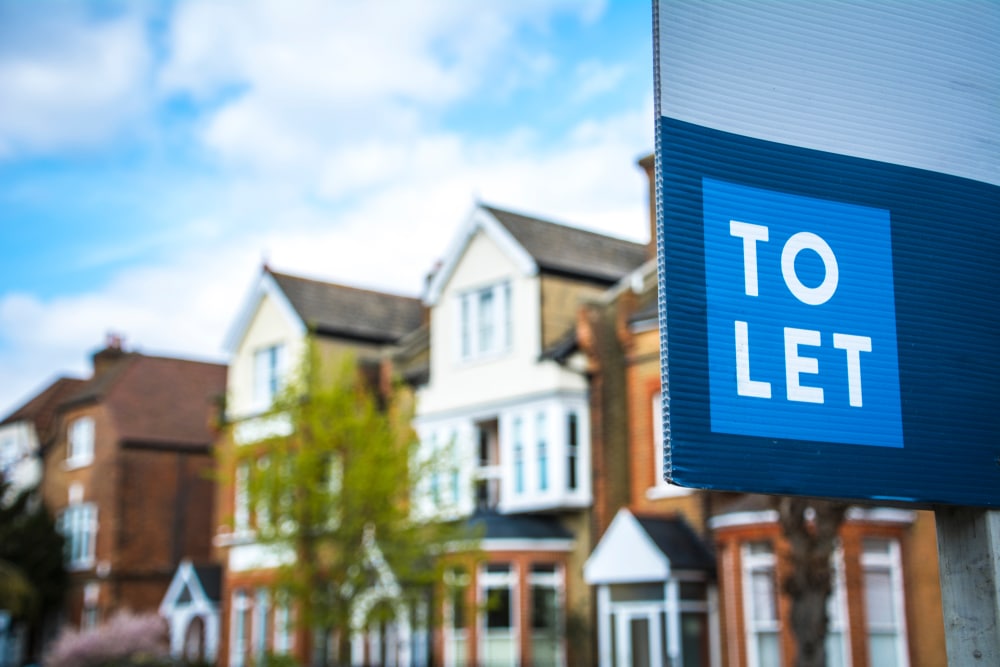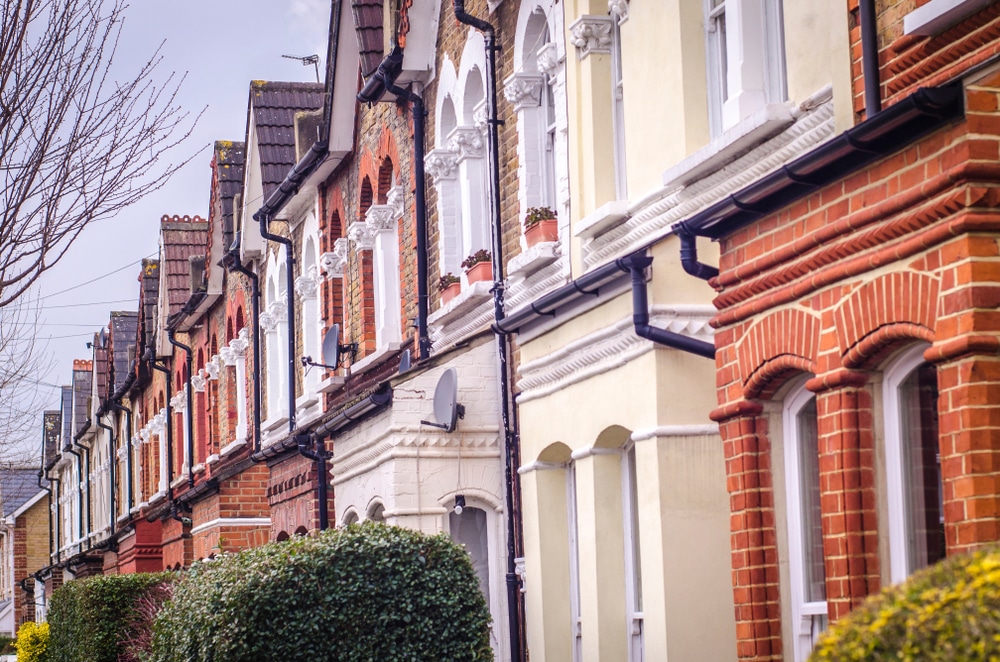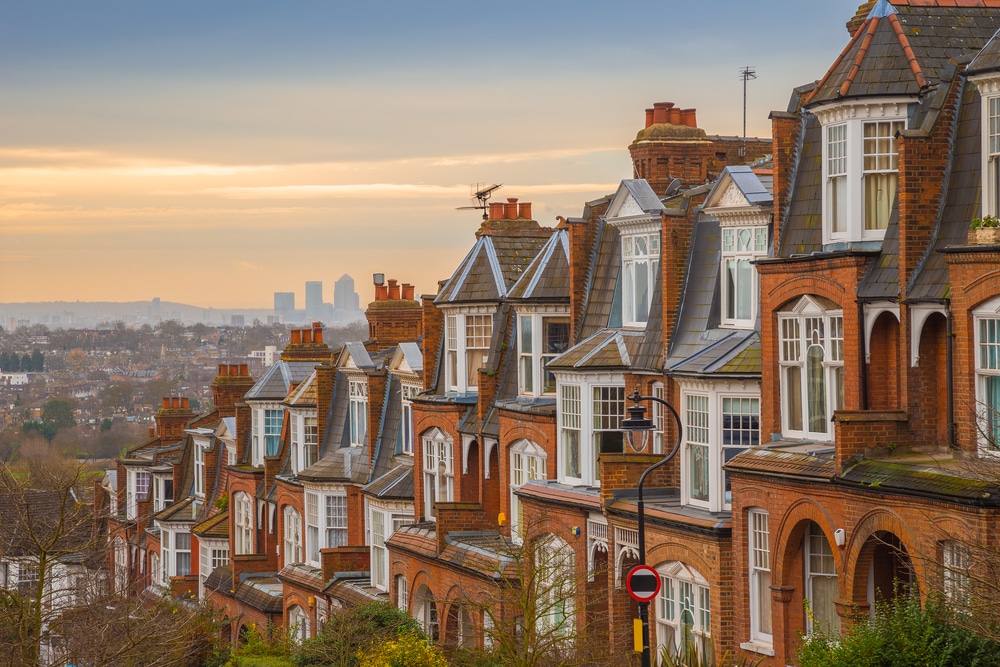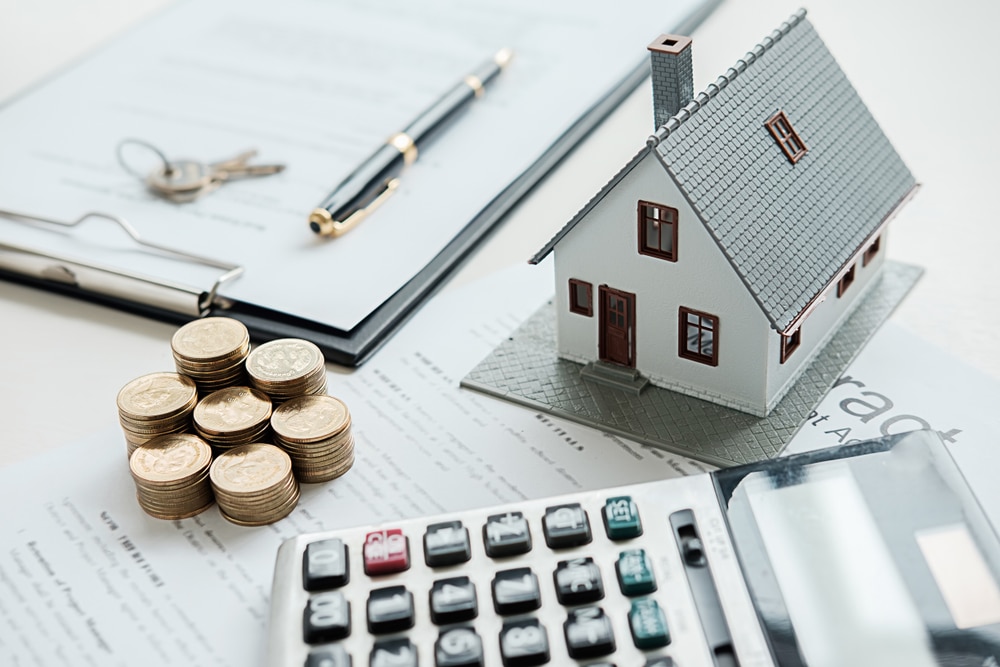Jasmine Birtles
Your money-making expert. Financial journalist, TV and radio personality.

A buy-to-let property offers an attractive way to grow your wealth. But where is the best place to buy one?
If you want to make money as a landlord, think outside London.
Cities such as Manchester, Newcastle, Liverpool, and Birmingham all offer great potential returns for buy-to-let properties. The regeneration projects in these areas, plus the transport links and great schools, all play a part in attracting more people. More people means a higher demand for rental accommodation – and that means there’s potential for a great rental yield on your investment.
If you want to know HOW to invest in buy-to-let properties, check out our in-depth guide on buying property for profit.
We also have a podcast with TV property expert Henry Pryor and Shannon Hall from Lettingaproperty.com that gives tips and the latest news on investing in property. Have a listen here.
But if you already know you want to invest, check out these hot tips on where to look for your next buy-to-let property.

Yes it can be, but it’s certainly not for everyone.
Willing to take on these risks to reap the rewards? Keep reading!

Like any investment, your returns aren’t guaranteed. A rental property could provide you with a better income than gilts, bonds, savings accounts, and stocks and shares – but only if:
Buying a property for rental income is only ideal if you’re willing to take a long-term investment view of it.
If you want to buy property for a quick profit, look into ‘flipping’ homes instead. That’s when you either buy a run-down property and renovate it, or get a cheap property that’s in a regeneration area to resell for a considerable profit when the area becomes desirable for homeowners.
Of course, there are downsides to flipping properties, too: you might not get your investment back, could take ages finding a buyer, and you need a lot more capital to get started.

There are two reasons to get a buy-to-let:
1. You want to grow your money – it’s a long-term investment. Primarily you should be interested in how much the property you buy is likely to go up in the next 5, 10 or 15 years. It’s a gamble, like most other long-term investments, so it shouldn’t be your only investment. It should be one of a few different products that you have your money in.
2. You want a regular, decent income on the cash you already have. It’s possible that you will invest in a property that also grows over time, but many properties that give a good, annual yield do not grow much.
Depending on which of the above you are interested in, you will find different properties work better for you than others. This is why it’s important to know what you’re looking for when you invest.
London used to be a prime place for buy-to-let landlords. However, the prices of property in the capital are incredibly prohibitive even for first-time buyers – let alone buy-to-let landlords who need to raise more for deposits and costs.
In addition, this property bubble around the city could collapse at any time. While there’s always going to be demand for property in the capital city, political turbulence such as uncertainties around covid can have an impact.
For example, prices were pushed up when overseas investors bought property in the capital because of the attractive rental returns. These investors may now consider selling those properties due to covid – meaning there is more supply to meet demand, reducing prices or at least stagnating growth. Many people who work in the Capital are now working from home more of the time so they don’t see such a need for a place in town. This has also reduced the number of people currently looking to rent in town, which has brought down rental prices.
That’s why buying a property outside of London could deliver better returns, particularly if you look at the North.
Developments such as HS2 – controversial as it is – means areas on the route will become an attractive option for commuters wanting to live outside of major cities.
Manchester, Liverpool, Blackpool, and Newcastle areas also have major regeneration schemes at present. This will encourage more people to move to these cities – and set up businesses – and that means house prices will likely rise in the near future. You can find out more about rental opportunities in Liverpool on Rentola.
It is also the case that, as people realise they don’t have to live in London to do their work, they will look further afield for places to buy and rent. This is good news for those properties outside of the Capital.
If you want a regular income then buying property in an area that has plenty of transport links, amenities, and good schools will deliver a healthy supply of tenants to minimise the risk of your property being empty for long.
Again, areas of regeneration or suburbs or major cities are worth considering if you’re interested in this type of investment. Families with children, for example, tend to stay put in a rental property for a while to prevent moving schools. Suburban housing near city centres offers the best of both worlds: long-term family tenants and rising house prices.
To understand how your investment in a buy-to-let works for you, look at the rental yield. This is how much you get back every year in the form of rental income against your original investment.
A simple sum would look like this:
An excellent yield is anything above 7% a year, as this will cover mortgage payments, maintenance, and provide a profit. However, a yield of more than 5% is good in today’s market.

Working out where you should invest for your buy-to-let is a little more complex than buying a cheap house.
However, according to property website Zoopla, if you can buy property in northern England or Scotland, you’re more likely to see better returns in the following places.
Birmingham and Newcastle-based developers StripHomes has found that the best buy-to-let yields can be found in the North East. Of course, the North East region is huge and so do your local research when investing . However, the region as a whole is currently home to an average house price of £144,032 and an average rent value of £566 per month, the rental yield is 4.7%, well above the national average of 3.9%.
Second on the list is Yorkshire & Humber, where the average house price is £179,408 and the average rent is £631 per month, delivering a good yield of 4.2%.
Research local towns and villages to find out if they’re well-connected to the major city, and if they offer a better yield potential.
A buy-to-let mortgage provider often requires a minimum 25% deposit, and the arrangement fees are much higher than residential mortgages.
You also need to factor in typical house purchase costs, such as conveyancing, searches, and survey fees. These can easily add up to a few thousand pounds.
Let’s say you want to buy a rental property in Newcastle.
Adrian Rigby has 45 properties spread across areas north and south of Manchester, through. Lancashire and north up to Morecombe and Preston, and then across south Manchester which is a more affluent area.
“I have all different types of properties,” he says, “including studios, one to three-bed flats, terrace houses detached and semi-detached. I went for variety! I started in the early 2000s and didn’t really know what I was doing. I just stuck my finger in the air. I didn’t have a plan then, but I do now because I’ve learnt from my mistakes.”
he says that the majority of his properties were sourced at auction. “i spent a lot of time in London going to the Harman Healy auctions in Kensington Town Hall and the Barnard Marcus and Allsop ones. I used to look at the catalogue and bought what I thought was relative value. A lot of investors can’t be bothered to go to London, they just stay in local auctions. But provincial auctions have people buying as a sideline and they ended up paying more because they were buying from personal interest and emotion.
“Down in London it was more professional buyers and they weren’t so interested in the northern properties so I bought some really good ones where I pretty well pinched them. i bought some luxury apartments and sold them immediately for a profit.”
He says he now has a plan which is primarily going for income. “The yield is pretty good,” he says, “generally averaging 7.5%. However, what I would do now if I were just starting is i’d go for location and be more selective. If you’re in it for growth then location is the first thing. If you’re in it for yield you go further down market to cheaper properties with higher yield. I think it’s good to have a mixed bag of growth and yield. The cheaper properties in the northern towns are pretty good for yield but their price has been stagnant for years.
Adrian admits that his portfolio is a full-time job. He does much of the work although he has a colleague who works with him doing the admin such as dealing with council tax and utilities bills when the properties don’t have tenants in and helping with the continual upkeep. “Al the domestics you don’t like doing at home are double with rental properties,” he says |because it’s someone else’s problem. You find a lot of tenants want a 5-star room service. I’ve actually had some calling and asking me to go over and change a lightbulb! When you get a really good tenant who are immaculate in every way, they are ideal. But for every hundred tenants you’ll probably only get one who is a star.”
Adrian cautions people who are thinking of coming into the buy-to-let market to consider all the downsides before they do it. Everything is against the landlord now,” he says. “Government legislation, the removal of mortgage interest relief, no wear and tear relief, electrical and, gas certificates that have to be done every year and now the big one now is the question of incorporation. The first thing a landlord has to consider is tax. If you do it as an individual you will automatically be forced into a higher tax band and you have to think of legitimate ways to reduce your tax liability which is quite difficult. I’m still in talks about whether to incorporate or not and I’m having to talk to a few different accountants to see what would be the best way to proceed.”

To me there are a few main downsides:
I had a buy-to-let property for a couple of years and it annoyed the pants off me! It was a nice flat, in the same building where I live and easy to rent out.
You would think it would be perfect.
But I’m the sort of person who can’t be bothered sorting out my own washing machine, let alone someone else’s! To me it was a load of hassle that I could be bothered with. I sold the flat, paid off my own mortgage and invested the money in shares, a pension and….well, Moneymagpie actually.
The property’s value has shot up (grrr) since, but I’m still quietly glad not to have it hanging round my neck.
Don’t ask my when but it will happen. It’s likely to come along when the Bank of England puts interest rates up. That should (but won’t necessarily) happen some time in the winter of 2021-22 because of rampant inflation.
Once that happens it will suddenly be harder for buyers to borrow as much money as they used to. it may also mean that some people can’t afford to pay their mortgage and have to let their home go.
Governments are aware of this and are likely to put off raising interest rates as long as possible, but we can’t keep defying grafity!
Because, the buy-to-let craze is part of the problem with the UK housing crisis.
The buy-to-let craze has put up prices and made it near impossible for many young people or people on lower incomes to afford their own homes.
Still, if you have seen a property you know would give you a good yield and it’s not too difficult to run, then go for it.
What do you think? Have you got a buy-to-let property? Do you think people should be stopped from investing in buy-to-lets?
*This is not financial or investment advice. Remember to do your own research and speak to a professional advisor before parting with any money.

You’re definitely better off being the landlord rather than the tennant.